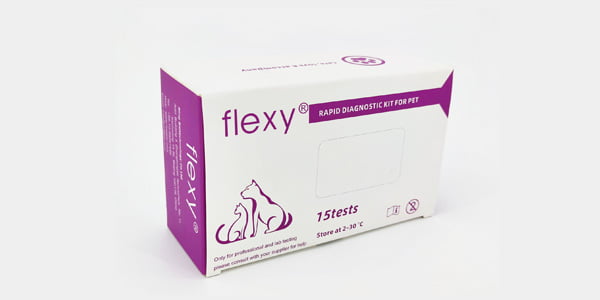The rapid test kit is a simple, fast, reliable, cheap device that can be used in the diagnosis or testing of certain diseases or infections. The main advantage is quite obvious. For example, the COVID-19 antigen swab test kit is based on rapid testing technology, it can be used by professionals and non-professionals. It only needs 15min to tell you the result.
What is a Rapid test kit?
The scientific principle behind the scene is an immunoassay, more specifically, immunochromatography, a biochemical reaction that involves the antigen and its corresponding antibody. When an antigen ( such as a virus or external substance) attacks the body, the immune system will produce antibodies to prevent further damages that may occur. Because these antibodies are the virus/external substance triggered, they will capture the virus accurately. Their relationship can be described as the key and keyhole of the lock.
To prepare a rapid test kit, we use lab animals to produce the specific antibody of the antigen, then this antibody is extracted and utilized in the artificial immunoassay to detect the antigen in our body. Due to the specific relationship established, the disease can be tested and reported accurately.
What are the materials used in a rapid test kit?
Generally, the materials used in the rapid test kit include
- Nitrocellulose membrane (NC membrane, to carry out the immunoreaction of the antibody/antigen)
- Plastic backing (to support the NC membrane)
- Sample pad (to filter the sample)
- Absorbent pad (to increase the speed of sample flowing)
- Colloid gold pad (to store the colloid gold reagent, sample-specific antigen/antibody )
The process of testing with a rapid test kit
For example, when running a Canine Distemper Virus Antigen Rapid Test Kit, the test sample is dissolved with sample buffer, then add into the test kit, the whole process will be:
Sample buffer with/without the CDV antigen flows on the test kit
Sample meet Colloid gold pad
- If CDV is presented, it will combine the colloid gold reagent and continue to flow
- If CDV is not presented, the buffer will carry colloid gold reagent to flow
Sample with colloid gold reagent continues to flow
Meeting the test line, CDV specific antibody will capture the sample.
- If CDV is presented, it will capture the CDV&CDV colloid gold reagent, and produce a test line.
- If CDV is not presented, it will not be captured on the test line, thus the test line will not show.
The sample continues to flow to the control line, which is coated with a species-specific antibody, it will capture the colloid gold reagent and produce a visible control line.
In short words, 2 lines mean positive, 1 line means negative.

